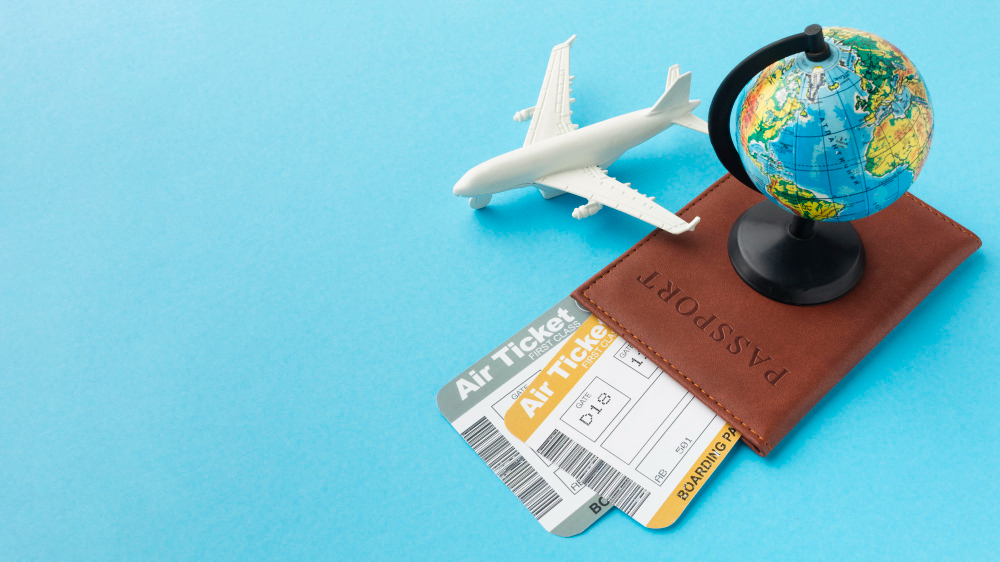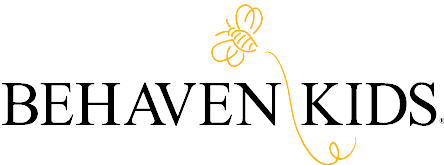
Traveling with children that have autism can be a stressful, challenging and somewhat daunting task for parents or anyone along for the ride. However, it is doable! Below are some helpful tips to make your journey as smooth as possible.
Before the trip
Mark your trip on a calendar that can be made visible to your child. This will help them know when their trip is happening. You can also add a countdown to aide with the visualization. One example of how you could provide a visual countdown is linking strips of paper together to make a chain consisting of as many links as there are days remaining to the trip.
Also, consider pairing the calendar with a social story specific to your trip beforehand. Social stories are simply stories about a child, or even your own child, going through or preparing to go through a similar situation you are preparing for.
When you write a social story for your child, it should be short & to the point. Examples: “I am taking a trip,” “I will ride in a car,” “My mom and dad are coming with me.” Be sure to add pictures! Include your child in the pictures to help them envision themselves in the car or on the plane, et cetra. Individuals with autism like predictability!
In anticipation of the upcoming trip, consider vital parts of daily routines. It could be a particular breakfast, a comforting toy, a bedtime ritual, et cetra. Do your best to incorporate these into your travel plans; this will make the trip more comfortable and keep them on schedule as best you can.
Consider sensory needs. Does your child need a wiggle seat? Certain fidgets? Calming music? A blanket to wrap themselves in? Are they bothered by light or sound? Can you bring noise-cancelling headphones? Would a sunshade on the car window help with the bright sun? Thinking about your child’s sensory needs and preparing in advance will help minimize the chance of unwanted behaviors.
As with any traveling, be sure to bring a medical bag and emergency info specific to your child. “I have autism” card with quick overview of child (nonverbal, flight risk, sensitive to light or sound) in case of accident where first responders are needed. It will also be helpful to familiarize your child with community helpers so they are not afraid of them if they are indeed approached.
During the trip
Have plenty of snacks available. After all, what is a trip without your favorite snacks? Be sure that your child can either eat independently or that you can safely monitor them. If your child enjoys specific activities or things such as reading, screen time, stickers, be sure to have those lined up to keep them relaxed, comfortable and engaged!
Be prepared for stops for movement breaks, fresh air, and regulation. Plan ahead different rest stops or sightseeing opportunities to make these stops more interactive. Buying them a cheap digital camera or notebook to draw and journal in may help give the ride purpose. It can help pull their focus away from an uncertain situation as well!
Consider taking your child on short trips to somewhere they enjoy or even just spending the night in a hotel to familiarize spending the night somewhere other than home. These trips may also help you work out hiccups. You may discover things that didn’t help or think of other things that could help for a longer trip.
Pro- tip: be prepared for accidents! Car rides can get long and sometimes kids speak up a bit too late for the bathroom. Those snacks might cause a bit of a mess. Always have a change of clothes (don’t forget the undies). For younger kids, travel in footie pajamas so there is just one article of clothing versus juggling pants, shirts, sweatshirts!
Some travel may include airplane rides. Think about the following:
- Flight times (is there a flight during nap time or bed time?)
- Where’s the best place to sit?
- Visit the airport ahead of time to familiarize your child with the sounds, sights and movements. Check in with your airline’s disability assistance department to see if they offer desensitization tours.
- Make a list of “airplane rules”
- You can even create a schedule for the airport and airplane ride itself.
- Refer to applied behavior analysis (ABA) and the idea of positive reinforcement for following the rules you create with your child.
References:
https://www.jcfs.org/blog/come-fly-me-travel-tips-children-autism-spectrum-disorder
